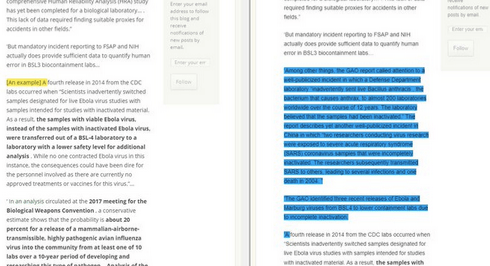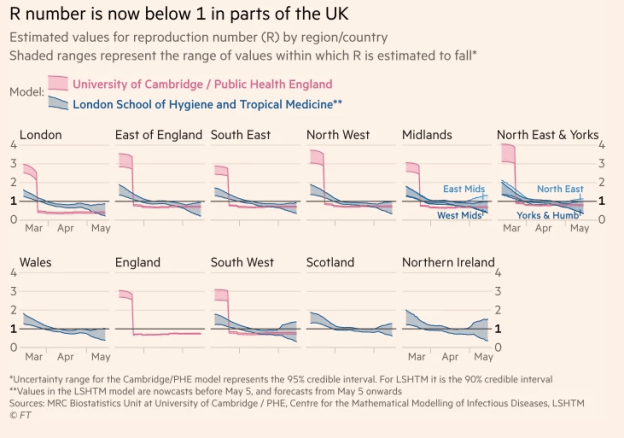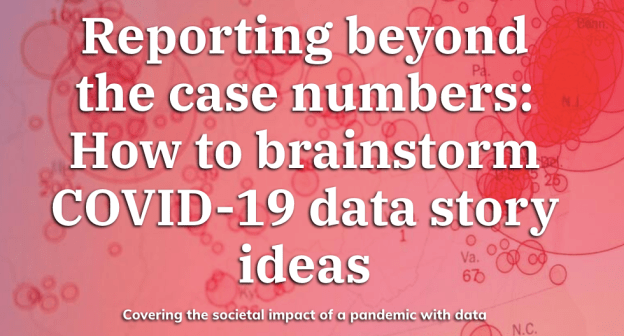
Among the many claims made by UK Government adviser Dominic Cummings in his press conference on Monday was one that could be easily checked.
As evidence that he took the threat from coronavirus seriously he said that he’d written about the danger of coronaviruses last year.
“For years I’ve warned of the dangers of pandemics. Last year I wrote about the possible threat of coronaviruses and the urgent need for planning.”
Before the press conference was over, that claim had already been proven to be false, thanks to some underused journalistic tools of verification: the Wayback Machine and sitemap.
Here’s how it was done — and how journalists can use the same tools in their work, whether it’s to verify a claim made about the past, a claim about what was not said in the past, or to uncover details that may have been unwittingly revealed in earlier versions of webpages. Continue reading



